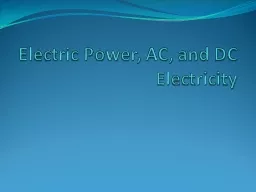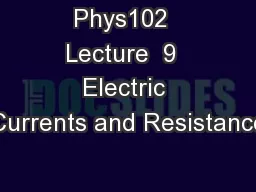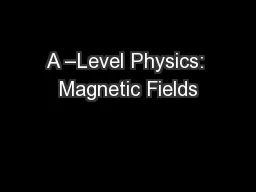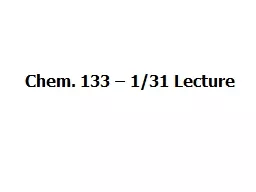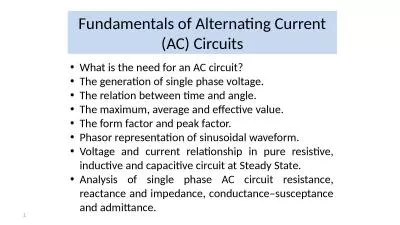PPT-Alternating Current (AC)
Author : yoshiko-marsland | Published Date : 2017-09-23
Read pages 439 454 AC Generator As the ring rotates within the magnetic field what happens Sketch a graph to show how the rotation of the ring will affect the reading
Presentation Embed Code
Download Presentation
Download Presentation The PPT/PDF document "Alternating Current (AC)" is the property of its rightful owner. Permission is granted to download and print the materials on this website for personal, non-commercial use only, and to display it on your personal computer provided you do not modify the materials and that you retain all copyright notices contained in the materials. By downloading content from our website, you accept the terms of this agreement.
Alternating Current (AC): Transcript
Download Rules Of Document
"Alternating Current (AC)"The content belongs to its owner. You may download and print it for personal use, without modification, and keep all copyright notices. By downloading, you agree to these terms.
Related Documents







